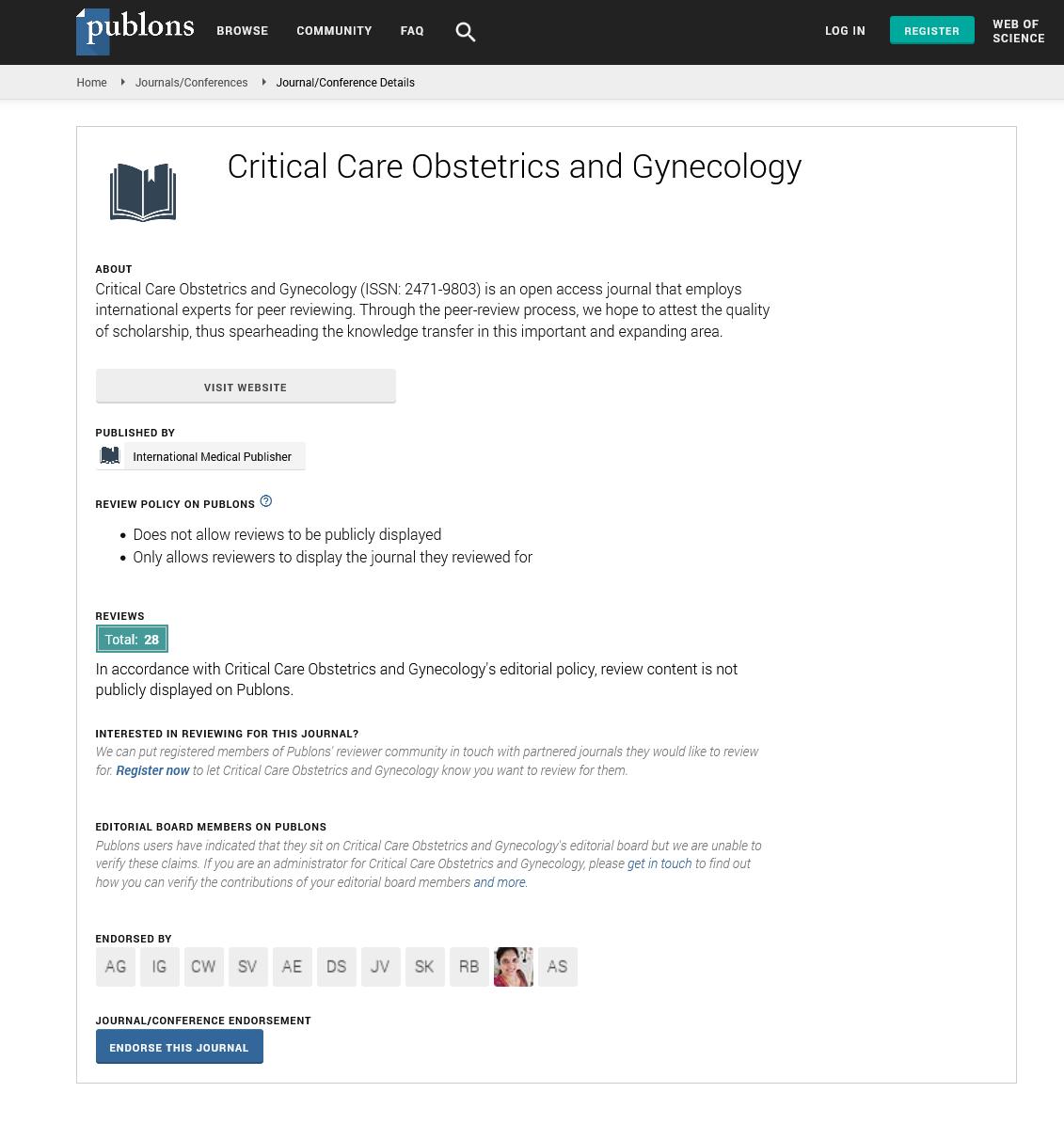Abstract
Screening for Gestational Diabetes Mellitus in Women with Twin Pregnancies
Background: The main purpose of screening and treatment for gestational diabetes mellitus (GDM) is to reduce dystocia arising from fetal overgrowth. This study was conducted to determine the risks of low-birth weight infants (LBWI) and overgrowth infants (OGI) defined as infants with birth weight<2,500 g and ≥3500 g, respectively in Japanese newborns.
Methods and Findings: Retrospective observational study in 9,024 twins born to 4,512 women and 127,907 singletons born at gestational week ≥ 35 at the obstetric facilities participating in a registry system in Japan. GDM was diagnosed based on the previous criteria used in Japan until 2009. In twin vs. singleton pregnancies, GDM/ diabetes mellitus (DM) was diagnosed in 1.7% vs. 2.7%, birth weight was 2,356 ± 327 g vs. 2,970 ± 426 g, rate of LBWI was 68% (6,098/9,024) vs. 12% (15,189/127,907) and rate of OGI was 0.22% (10/9,024) vs. 9.9% (12,629/127,907), respectively. There were no significant differences in risk of LBWI (70% [105/150] vs. 68% [5,993/8,874]) or OGI (0.67% [1/150] vs. 0.10% [9/8,874]) between twins born to women with and without GDM/DM, respectively, while the risk of OGI (20% [673/3,413] vs. 9.6% [11,956/124,494], P = 0.000) was significantly higher among singletons born to women with than without GDM/DM, with similar risk of LBWI (11% [369/3,413] vs. 12% [14,820/124,494]).
Conclusions: The risk of OGI was extremely lower and the risk of LBWI was extremely higher in twins compared to singletons born to Japanese women. Research is needed to determine whether treatment for GDM is beneficial for women with twin pregnancies.
Author(s):
Mamoru Morikawa, Takahiro Yamada, Satoshi Ishikawa, Takashi Yamada, Rina Akaishi Kazutoshi Cho3 and Hisanori Minakami
Abstract | Full-Text | PDF
Share this

Google scholar citation report
Citations : 148
Critical Care Obstetrics and Gynecology received 148 citations as per google scholar report
Critical Care Obstetrics and Gynecology peer review process verified at publons
Abstracted/Indexed in
- Google Scholar
- China National Knowledge Infrastructure (CNKI)
- WorldCat
- Publons
- Geneva Foundation for Medical Education and Research
- Secret Search Engine Labs
Open Access Journals
- Aquaculture & Veterinary Science
- Chemistry & Chemical Sciences
- Clinical Sciences
- Engineering
- General Science
- Genetics & Molecular Biology
- Health Care & Nursing
- Immunology & Microbiology
- Materials Science
- Mathematics & Physics
- Medical Sciences
- Neurology & Psychiatry
- Oncology & Cancer Science
- Pharmaceutical Sciences


